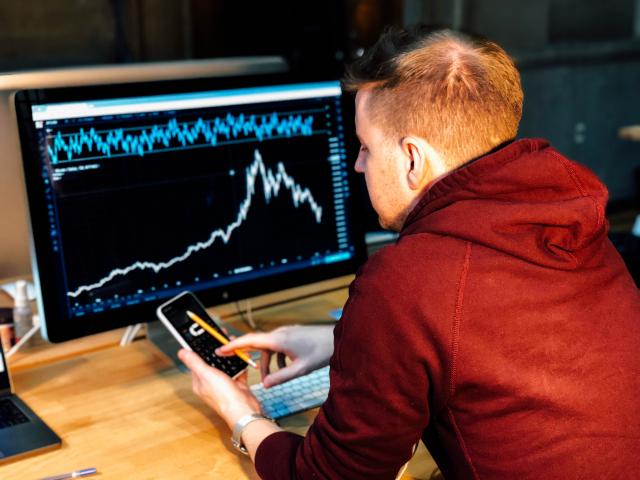Victoria’s strong household spending demonstrates strong levels of consumer confidence and is driving growth in economic activity higher than in any other state.
Victoria’s State Final Demand soared by 2.4 per cent in the March quarter more than any other state, twice the level of New South Wales and 50 per cent higher than the national average of 1.6 per cent according to National Accounts data from the Australian Bureau of Statistics (ABS).
Treasurer Tim Pallas said our and our remarkable recovery is continuing apace.
“These results show that households are spending and businesses are investing and taking on new workers,” he said.
“Every Victorian should feel proud that we are leading the nation. This momentum means more opportunities for businesses across the state and more jobs for Victorians.”
The March quarter result followed a 3.5 per cent increase in the December quarter and puts Victoria’s annual rate of growth at 6 per cent, higher than next-best New South Wales’ 3.8 per cent.
The ABS figures confirm Victoria has recorded the strongest growth of all the states in State Final Demand since November 2014.
Loved activities such as playing and watching sport, catching a movie with friends and going out to dinner were key drivers of the economic growth with spending in hotels, cafes and bars also up by more than 10 per cent in the quarter and big increases were also seen in transport services and vehicle sales.
More than 11,000 jobs were added in Victoria in April, taking the total jobs created since 2014 to more than 575,000 – proportionally more than any other state. That number includes more than 430,000 full-time jobs and a significant jump in female employment, with over 900,000 women in full-time work.
State Final Demand is a measure of economic activity that looks at the total amount of goods and services used in the economy.
Victoria’s economy is set to continue to expand and support more jobs, with forecasts in the Victorian Budget 2022/23 predicting a 5.5 per cent rise in Gross State Product in 2021‑22 followed by growth of 3.25 per cent in 2022‑23 and 2.75 per cent in each of the final two years of the forward estimates.







